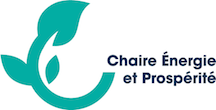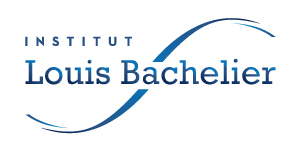We analyze the impact of agricultural productivity growth on tropical deforestation. Our dynamic model of forest-to-farmland conversion incorporates costs and market constraints on agricultural output, emphasizing that productivity growth, rather than its absolute level, shapes deforestation patterns. Addressing the Jevons’ paradox and Borlaug hypothesis, the model predicts that rising agricultural productivity, reflected by declining fertilizer price growth, has an ambiguous effect on deforestation. Using tropical forest loss data (2000-2022) and fertilizer price variations, we find a negative correlation between fertilizer price growth and deforestation, particularly in regions with high market potential. Without the 10% annual rise in fertilizer prices over the period, deforestation rates would have been 57% faster, representing 6.6 million additional hectares annually. Conversely, the 3% annual increase in crop prices has a minimal impact on deforestation. Our results highlight that protected areas do not mitigate the adverse effects of fertilizer price growth on deforestation.
Séminaire en présence d'Adam George (SOAS, University of London). Adam George présente un modèle macroéconomique SFC environnemental britannique intégrant émissions de CO2 et investissements verts de tous les agents économiques. Le modèle trimestriel analyse l'impact des politiques énergétiques selon le rapport capital vert/capital conventionnel. Quatre scénarios fiscaux verts sont testés (2022-2035) : taxe carbone, investissement...
Le laboratoire GAEL (Grenoble Applied Economics Laboratory) et la Chaire Energie et Prospérité organisent un workshop sur l’économie de la bioénergie les jeudi 9 et vendredi 10 octobre 2025 sur le campus universitaire de Grenoble.

